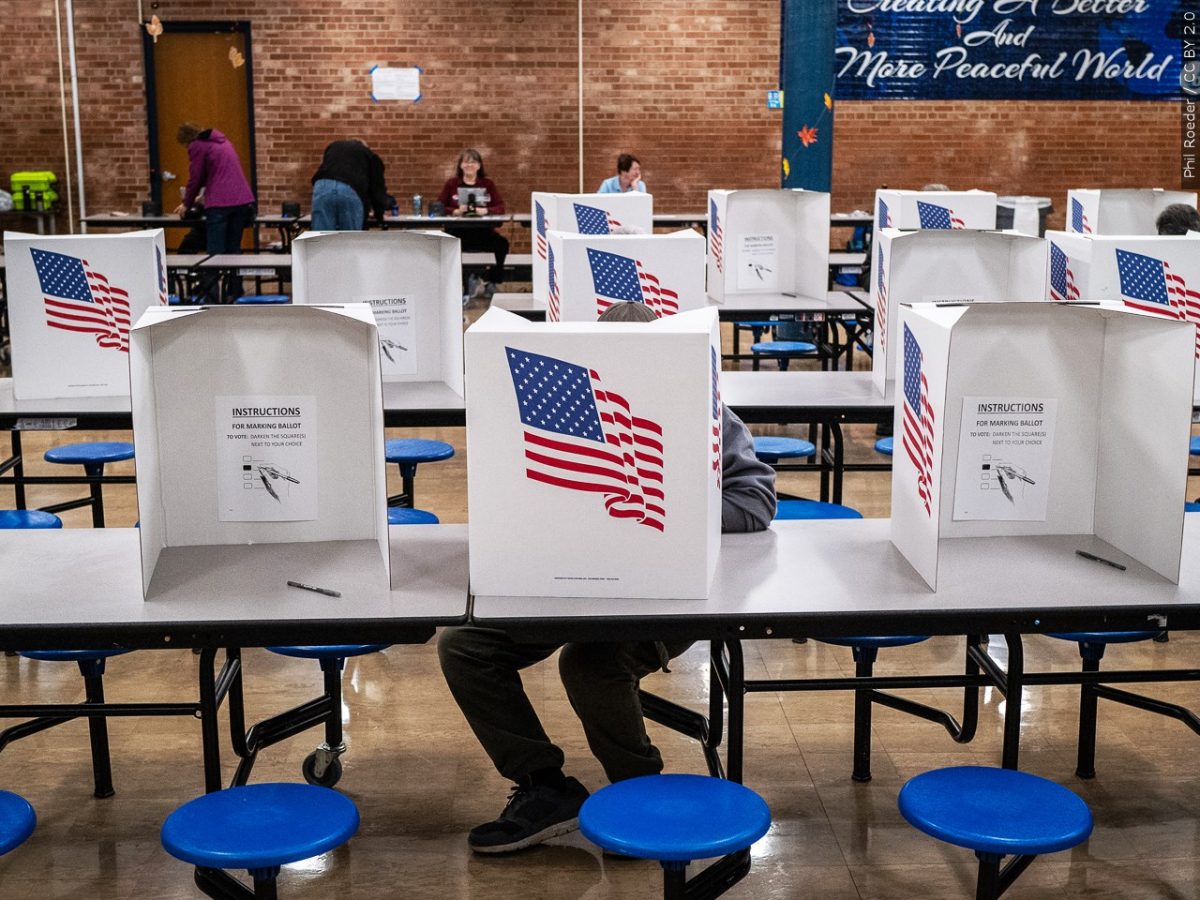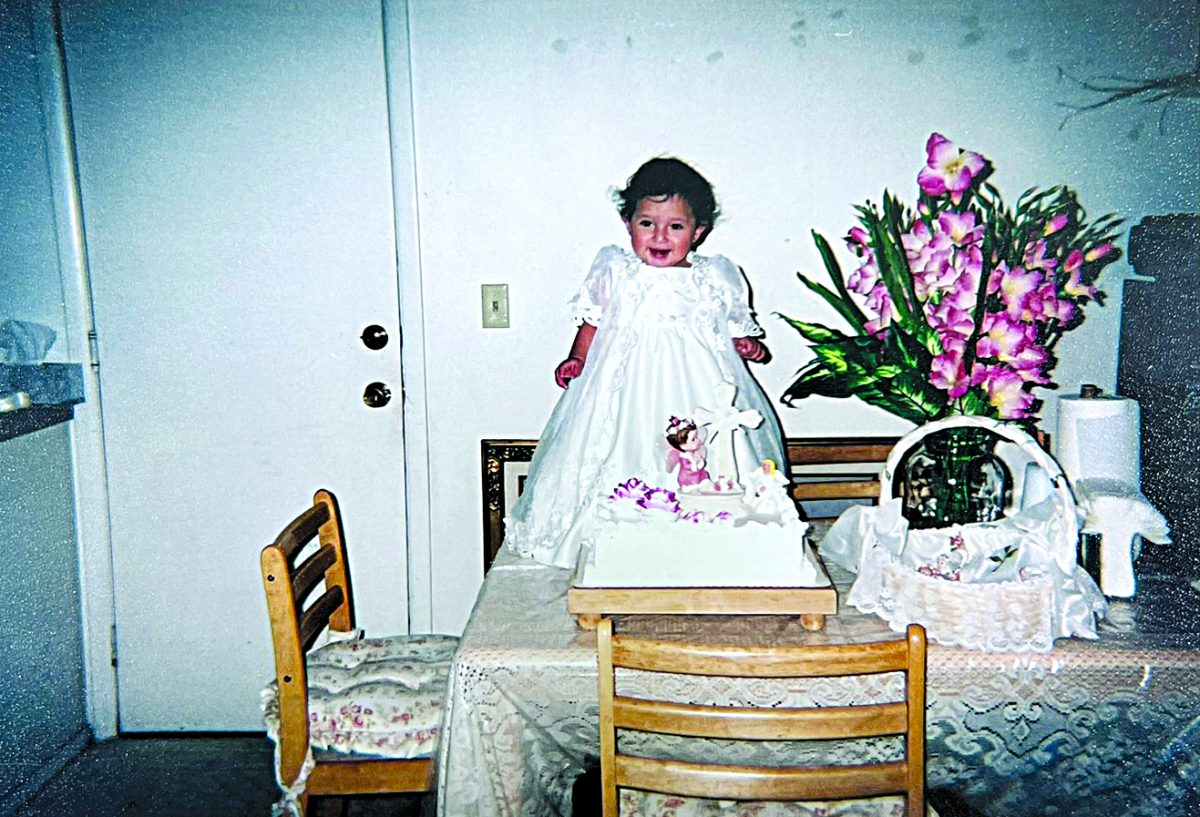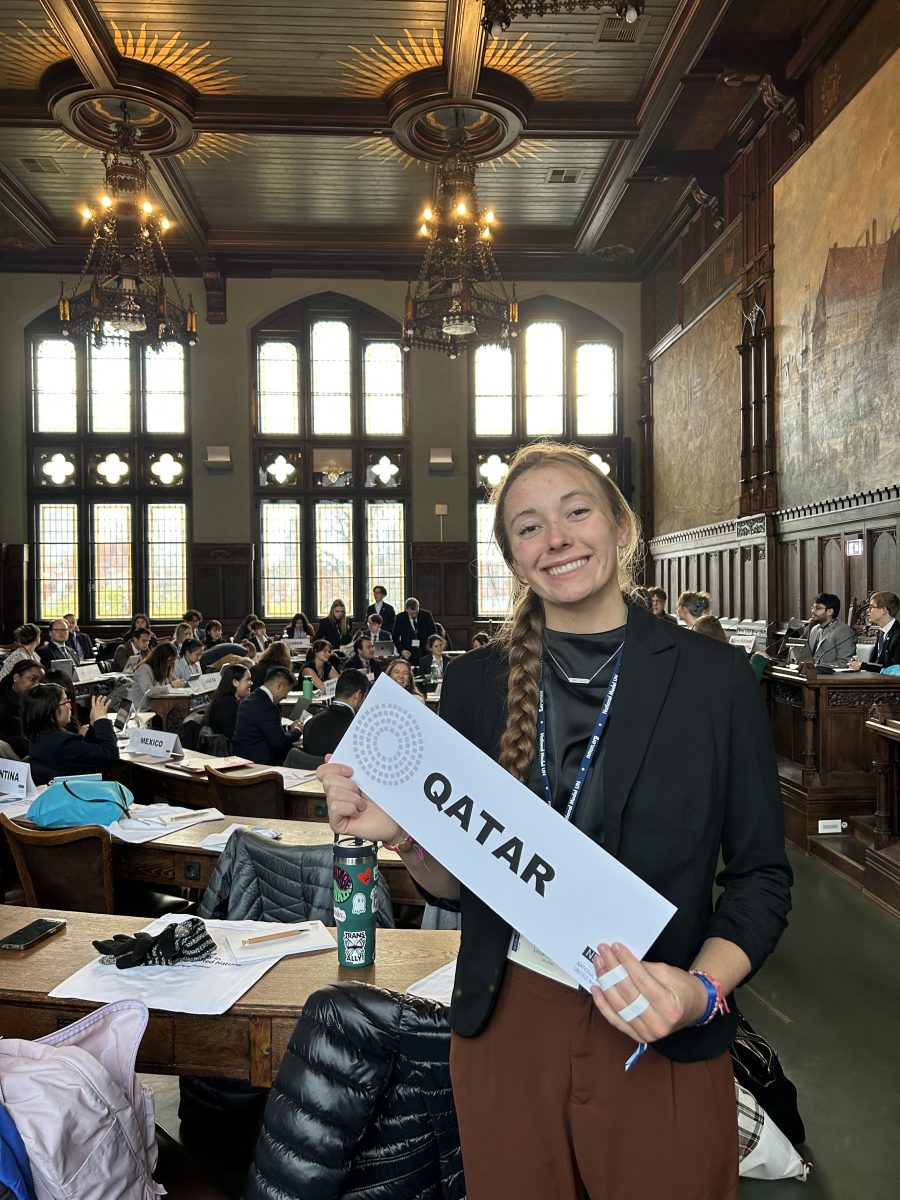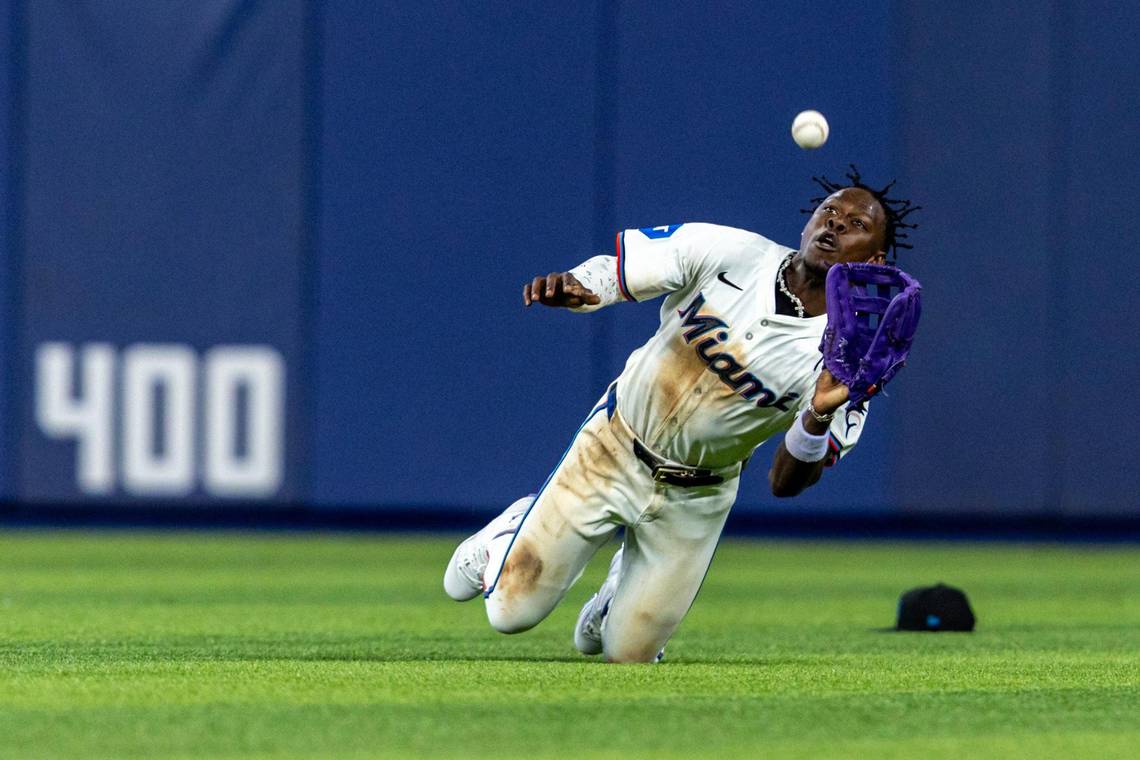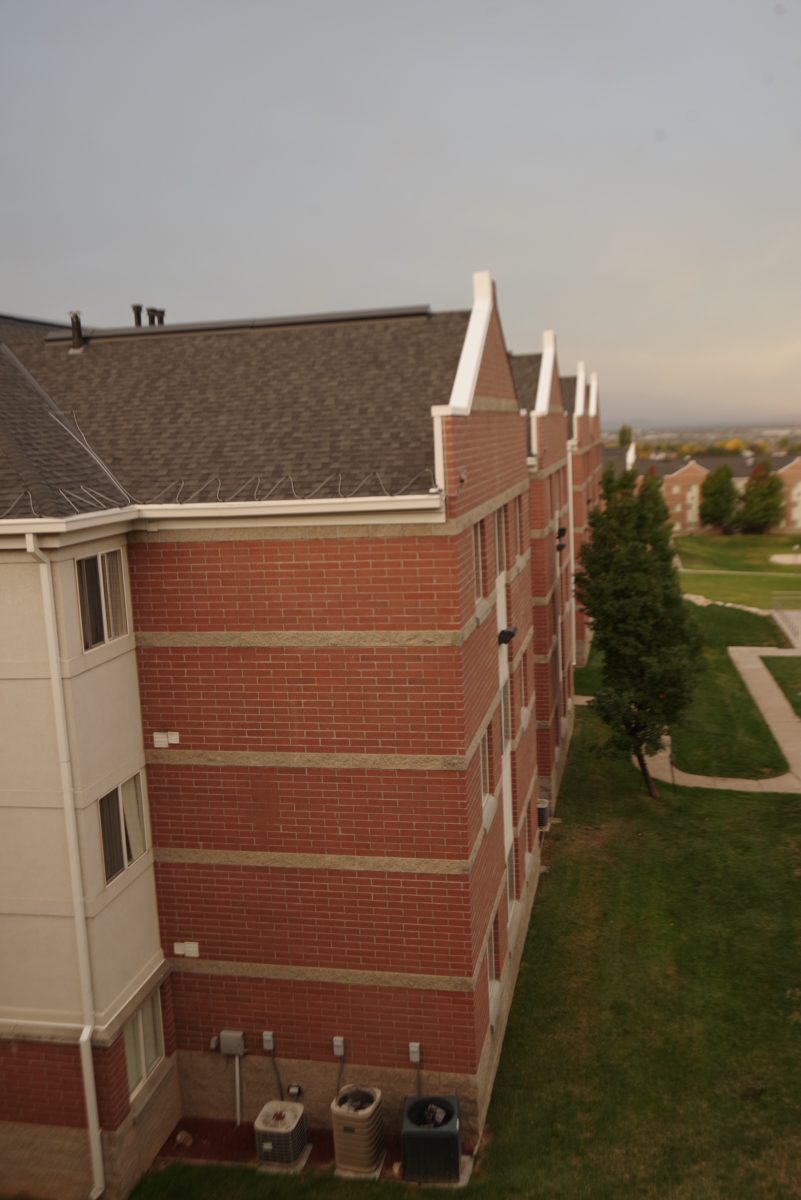I’ve seen all 26 episodes. I watched the first season on recommendations from people close to me and chose to watch the recently released second season within two days of its release. In the hours, days, weeks since I finished watching the show, I’ve had a knot in my stomach.
The show has been both praised and bemoaned for their season-one portrayal of the fictional Hannah Baker’s suicide. For those unfamiliar with the show, the first season is told through cassette tapes Baker recorded before committing suicide.
Each episode gives her explanation for why a single person led her to commit suicide by either their actions or inactions.

After watching the season, I had the same pit in my stomach. In the final episode of the season, the production vividly depicted Baker committing suicide and her mother finding her lifeless body.
This followed two incidents of sexual assault portrayed so brutally that the show placed warnings on only those two episodes. I couldn’t watch those scenes. When I realized what was happening on the screen, I just couldn’t watch.
Months after the series’ release, I learned I wasn’t the only person to have an issue with how “13 Reasons Why” showed Baker’s suicide. One of the show’s outspoken critics was Paul Kivela, president of the American College of Emergency Physicians.
“The problem here is that the producers of the show may not understand the unintended consequences of their show,” Kivela said in 2017. “They may be trying to educate but may be having the opposite effect.”
According to research published in the JAMA Internal Medicine, the premiere of the first season had dramatic consequences, leading to a 26 percent increase in people searching the phrase “how to commit suicide,” a 23 percent increase in people searching for “suicide prevention” and a 21 percent increase in searches for “suicide hotline number.”
The show perpetuated an idea that if someone commits suicide, those who they feel wronged them learn their lesson, that if they kill themselves, they’ll make others feel the pain that led them to suicide.
One of the arguments fans have used on social media when debating “13 Reasons Why’s” merits is that nobody is forced to watch it, that if someone doesn’t like the message, they can turn it off.
However, this doesn’t protect those who could be damaged by it. When viewers like me get upset by the graphic content, it’s about more than my psyche; it’s about the emotional wellbeing of every young person who’s life could be irreparably changed by what they see.
I’m not only opposed to the show because of my mental health. It’s about the thousands of young people who could already feel hopeless, watch this show and plot out their “revenge” on the people who bullied them.
While the show opted to avoid more suicide portrayals in the second season, they instead focused on one character’s struggle with drugs and another’s descent from bullying victim to near-school shooter.
The show even had to cancel their red carpet premiere of the second season because that morning a school shooter killed 10 of his classmates at Santa Fe High School in Texas. The second season repeated the same mistakes as the first: they had a chance to make a real impact with their message of tragedy prevention, and they dropped the ball.
They took the time to methodically script and shoot how the character evolved from bullying victim to a killer, charging toward his school dance with an assault rifle and a small stockpile of other firearms in his car.

What “13 Reasons Why” neglected to include was how a high school student amassed a personal arsenal of advanced weaponry, the kind that shouldn’t be easily available to a minor. The series’ production staff did the same thing with their school shooter storyline they did with Baker’s
suicide.
Rather than talk about how nuanced the issues are, they ignore the mental health issues associated with suicide and the external factors that allow a minor to stockpile weapons without their parents knowing. These half-explanations are dangerous, even more so when the ones who perpetuate this misinformation have power.
While the abuse on the screen is clearly traumatic, trauma alone does not lead a person to become a school shooters or to commit suicide. There are deeper underlying mental health issues the show overlooked—or willfully ignored.
The show’s creators have the ability to tell these stories with psychological explanations without rationalizing them.
No blame is placed on those who sold him the guns, no blame is placed on his friend for prodding him along and there was no blame placed on the shooter himself. After every episode of the second season, text comes across the screen with one of the show’s actors reading aloud, “For help finding crisis resources, visit 13reasonswhy.info.”
I understand what the production team was trying to do with this message. They realized there were negative consequences to the first season of the show and decided this was the best way to remedy it.
But it’s just not enough. What would have been better would to not have made a second season at all.
They could have considered the consequences of their show, decided to apologize for what they inadvertently caused and said goodbye to these characters. But that’s not what happened.
The series’ creators saw dollar signs, which, coupled with season two’s cliffhanger ending, led the production team to announce that a third season is on the way.
I don’t know what the show will do in the future, but I can only guarantee one thing—I won’t be watching, and I’ll be better off for it.


